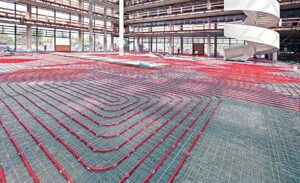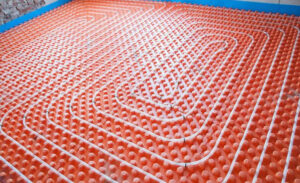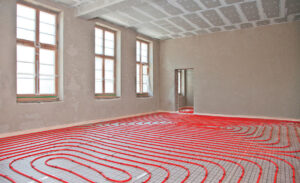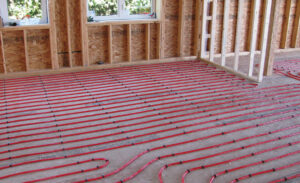Introduction: In today’s rapidly evolving world, homeowners and businesses are constantly seeking innovative solutions to enhance indoor comfort while maximizing energy efficiency. Radiant heating and cooling systems have emerged as a leading technology in this endeavor, offering superior comfort and sustainability benefits. In this case study, we’ll explore how one homeowner transformed their indoor comfort with radiant heating and cooling solutions, achieving remarkable results and redefining their living experience.
Background: The homeowner, let’s call them Mr. Sharma, resides in a traditional single-family home located in a temperate climate region. Dissatisfied with the inconsistent heating and cooling provided by their outdated HVAC system, Mr. Sharma sought a more efficient and comfortable solution to maintain optimal indoor conditions throughout the year.
Challenges: Mr. Sharma faced several challenges with their existing HVAC system, including:
- Uneven heating and cooling: The forced-air system struggled to distribute heat evenly, resulting in hot and cold spots throughout the home.
- High energy bills: The inefficiency of the HVAC system led to excessive energy consumption and skyrocketing utility bills.
- Noise and discomfort: The constant cycling of the air conditioner and furnace produced disruptive noise and inconsistent temperature fluctuations, creating discomfort for the occupants.
Solution: After extensive research and consultation with HVAC experts, Mr. Sharma decided to invest in radiant heating and cooling solutions to address their comfort and efficiency concerns. The following solutions were implemented:
- Radiant Hydronic Flooring: A hydronic radiant heating system was installed beneath the floors of the home, providing consistent and efficient warmth during the colder months. The system utilized water-filled tubing connected to a high-efficiency boiler, ensuring precise temperature control and minimal energy consumption.
- Radiant Ceiling Panels: To complement the radiant flooring system, radiant ceiling panels were installed in select rooms to provide supplemental cooling during the warmer months. These panels efficiently absorb excess heat from the space, maintaining comfortable indoor temperatures without the need for noisy air conditioning units.
- Smart Thermostat Integration: A programmable smart thermostat was integrated into the radiant heating and cooling system, allowing Mr. Sharma to customize temperature settings based on occupancy schedules and preferences. The smart thermostat also provided real-time energy usage data, enabling Mr. Sharma to monitor and optimize their energy consumption for maximum efficiency.
Results: The implementation of radiant heating and cooling solutions resulted in transformative outcomes for Mr. Sharma and their home:
- Enhanced Comfort: The radiant systems provided consistent and comfortable heating and cooling throughout the home, eliminating hot and cold spots and ensuring a pleasant indoor environment year-round.
- Energy Savings: By replacing their outdated HVAC system with radiant solutions, Mr. Sharma achieved significant energy savings, resulting in lower utility bills and reduced environmental impact.
- Quiet Operation: Unlike traditional HVAC systems, the radiant heating and cooling solutions operated silently, eliminating disruptive noise and enhancing the overall tranquility of the home.
Conclusion: In conclusion, the case study of Mr. Sharma’s home demonstrates the transformative power of radiant heating and cooling solutions in enhancing indoor comfort and energy efficiency. By investing in innovative technologies such as radiant hydronic flooring, ceiling panels, and smart thermostats, homeowners can enjoy superior comfort, lower energy costs, and a more sustainable living environment. As radiant heating and cooling continue to evolve, they represent a promising solution for achieving optimal indoor comfort and redefining the way we live and thrive in our homes.






